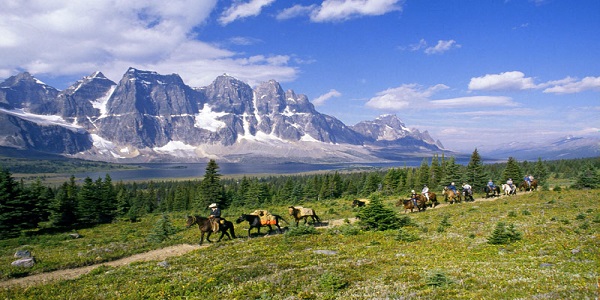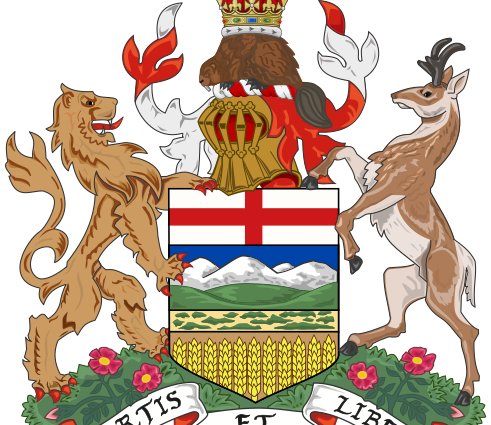Alberta is a province in Western Canada. Its landscape encompasses mountains, prairies, desert badlands and vast coniferous forests. It has more than 600 lakes, and rich mineral deposits. In the west, the Canadian Rocky Mountain Parks have glaciers in the Columbia Icefields. The Waterton Glacier International Peace Park is a biosphere reserve that straddles the southern border with the USA.
 |
 |
| Alberta’s rural communities are friendly and accommodating. It is a province in Western Canada. Many offer the same services and facilities (hospitals, schools, recreation centers and parks) you would find in larger cities, while also offering a relaxed pace of life.
Find Study opportunities in Alberta, the province in Western Canada |
 |
 |
More about Alberta
| Confederation | September 1, 1905 (split from Northwest Territories) (11th) |
| Capital | Edmonton |
| Largest city | Calgary |
| Largest metro | Calgary Region |
| Government | |
| • Type | |
| • Lieutenant Governor | Lois Mitchell |
| • Premier | Rachel Notley (NDP) |
| Legislature | Legislative Assembly of Alberta |
| Federal representation | (in Canadian Parliament) |
| House seats | 34 of 338 (10.1%) |
| Senate seats | |
| Area | |
| • Total | 661,848 km2 (255,541 sq mi) |
| • Land | 640,081 km2 (247,137 sq mi) |
| • Water | 19,531 km2 (7,541 sq mi) 3% |
| Area rank | Ranked 6th |
| 6.6% of Canada | |
| Population (2016) | |
| • Total | 4,067,175 [1] |
| • Estimate (2017 Q1) | 4,280,127 [2] |
| • Rank | Ranked 4th |
| • Density | 6.4/km2 (17/sq mi) |
| Demonym(s) | Albertan |
| Official languages | English[3] |
| GDP | |
| • Rank | 3rd |
| • Total (2015) | C$326.433 billion[4] |
| • Per capita | C$78,100 (2nd) |
| Time zone | Mountain: UTC-7, (DST−6) |
